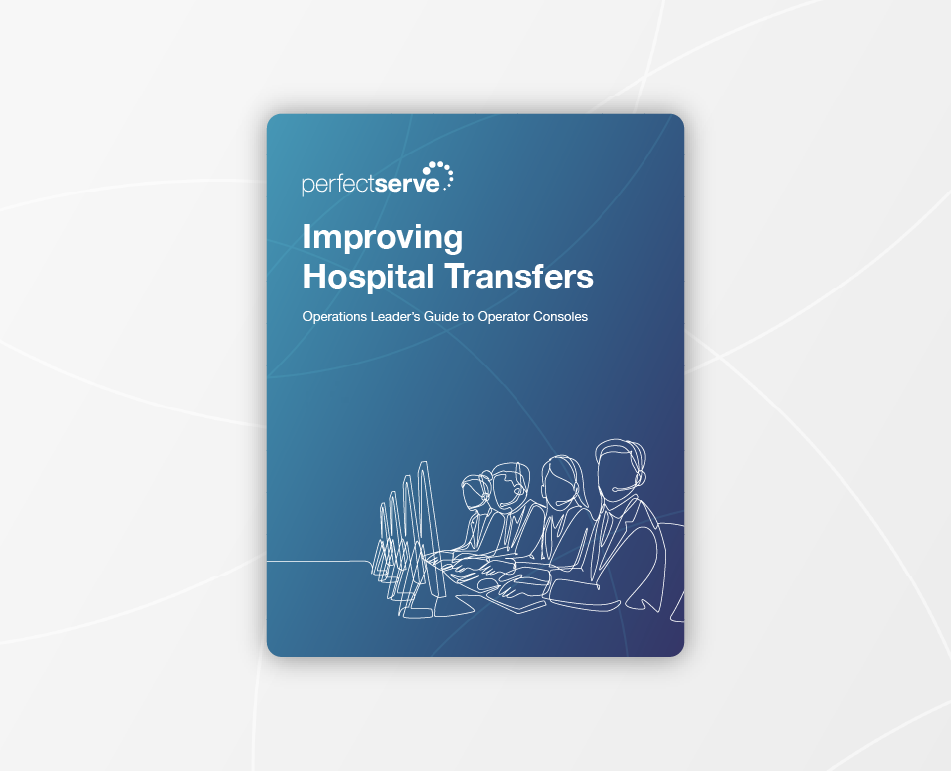4 Simple Steps for Reducing Third-Party Vendor Costs
TABLE OF CONTENTS
Medical Vendor Landscape Explained
As mergers and acquisitions continue to build momentum, healthcare organizations are taking on immeasurable costs through third-party services. When a health system acquires a private or independent group practice, the health system inherits all the practice’s third-party services and systems, including:
- Electronic Health Record (EHR)
- Practice Management
- Revenue Cycle Management
- Medical Answering Service
- Security, Maintenance, and More
When healthcare organizations merge, issues with purchased vendor services compound as the health system takes on all existing service contracts from the practices affiliated with the previous organizations. Additional costs come from administrative staff tasked with negotiating this pile of vendor contracts. Purchased services represent as much as 20% to 25% of an organization’s annual spend,1 so consolidating services is a valuable opportunity to save on spending.
Standardizing third-party processes and technology can be an untapped source of savings across the healthcare supply chain. To help you identify areas in need of improvement, here are four steps that can help successfully lower your organization’s purchased services costs:
Step One: Mine the data.
For many healthcare organizations, simply gaining visibility into third-party contracts and expenses can be challenging. Contracts are often managed by various people throughout healthcare organizations, or even services outside organizations, such as group purchasing organizations (GPOs).
Start gathering the actualities by creating an inventory of all third-party vendors used throughout your organization, as well as the associated stakeholders and contracts. It’s important to speak with each stakeholder and review each contract thoroughly.
Next, collect all financial data for your vendors. Check with your accounts payable department and take a look at current and past purchase orders. While purchase orders won’t tell the whole story, they are a good place to start to get an idea of total cost. Many third-party vendors have variable costs that make it difficult to get an accurate account of how much they’re truly costing. Reviewing your general ledger will help you uncover variable costs.
Here are a few questions to consider when reviewing your medical vendor service contracts:
- What rate is this vendor currently charging me and how often?
- Is there an auto-renewal in place? If so, when?
- What are the scaling terms and are there fees associated with scaling?
- Are there any termination clauses? If so, what are they?
Place vendors into categories to get a more accurate picture of how much your organization is spending in specific areas. You may find that the individual costs of many of your third-party vendors are relatively small, but when aggregated by category, the numbers compound quickly.
Step Two: Gain Executive Buy-In
Equipped with your data, it’s time to engage your decision makers. Engaging organizational leadership early in the process is a great way to build a case to move forward. Speaking with executives can help you understand the different viewpoints and situational nuances in your organization, which helps you navigate roadblocks and build the business case to make changes. Here are a few ways to get buy-in from the medical executive c-suite:
- Understand and align the message to your audience. Is it a CEO, CMIO, CIO, or CNO?
- Explain how it aligns with the medical organization’s goals.
- Highlight the benefits for value-based care, patient safety, and patient satisfaction.
- Show how it helps nurses and physicians reduce burnout.
- Is it cost-effective? Compare the numbers.
Step Three: Evaluate Performance
Analyze vendor and service performance in three key areas:
- Comparing Spend
- Assessing Utilization
- Evaluating the Quality and Effectiveness
Some vendors charge hidden or variable fees, so looking at one month’s service charges can be misleading. Look at each vendor’s historical cost, trends, and variability. Then, consider local benchmarks: What prices are other vendors in your area offering for a similar service? Do any of them offer monthly, flat rates for predictable expenses?
Another important aspect to consider is utilization. Here are a few simple questions that can help you assess your organization’s use of a particular service or vendor:
- Who is actively using the service/vendor?
- How is the service/vendor being used?
- Could the service/vendor be used more efficiently?
Finally, do some digging to find out your staff’s level of satisfaction with the third-party service/vendor:
- What level of results is the service or provider currently delivering?
- Are your stakeholders satisfied with the performance?
- What kinds of performance metrics can the service or vendor provide?
- Does the service or vendor meet your organization’s performance metric needs?
- Does the service or vendor make your staff’s job easier?
Step Four: Consider Standardization Options
Completing steps one through three will give you a firm grasp on the types of vendors you have and the services you’re paying for, how they’re being used throughout your organization, and your staff’s readiness to try new solutions. When consolidating options, check to see if the vendors have the capability of integrating with other medical service providers.
If you do consider replacing multiple similar vendors with a single standardized solution, make sure the solution you select does the following:
- Addresses all stakeholder needs and goals.
- Decreases (and if possible, helps to standardize) your organization’s overall spend.
- Contributes to your organization’s strategic objectives.
Find A Provider that Works for Your Needs
When your organization undergoes a merger or acquisition, it’s important conduct a high-level review of the spending and operating efficiency of the larger organization. At the end of your evaluation, you should be better prepared to make specific service and vendor selections based on your analysis and your organization’s strategic priorities.
Consider evaluating PerfectServe’s solutions for your hospital or group medical practice. Take a few minutes to meet with one of our consultants for a free explanation and demonstration of our medical communication solutions.
1Vizient, 2020




